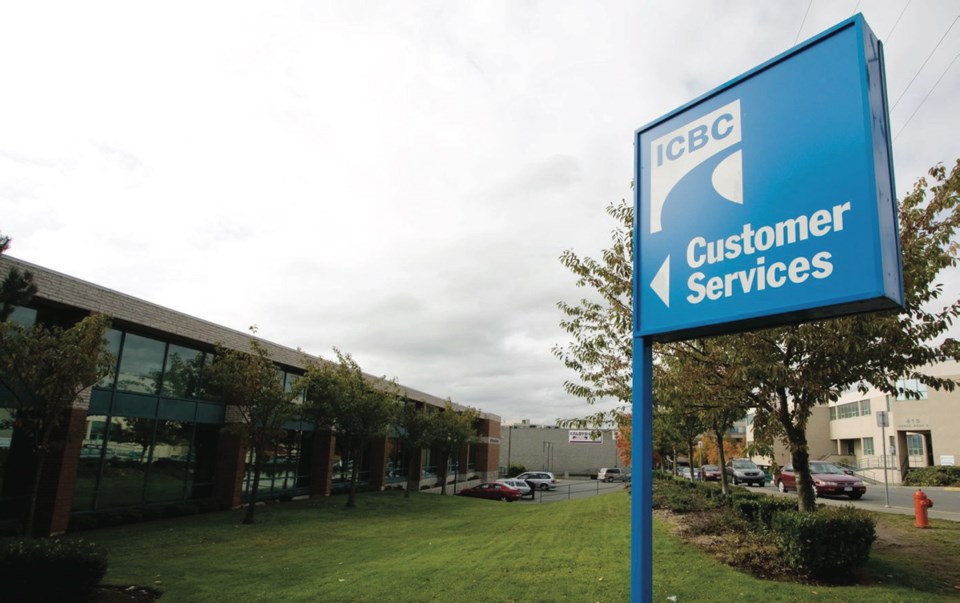We now know that the previous B.C. Liberal government received a wide-ranging report on ICBC on Dec. 23, 2014. That report contained seven pages outlining changes to put ICBC on a more stable financial foundation.
The recommendations were not only ignored by the Liberal government, but the final version of the report (made public in March 2015) had all seven pages of recommendations removed.
After last spring’s election, an updated version of the report was requested from EY (formerly Ernst and Young). That updated report (Affordable and Effective Auto Insurance — A New Road Forward for British Columbia) was submitted on July 10, 2017. What follows is a quick summary of its findings and recommendations.
ICBC is in financial trouble and it is only getting worse. B.C. has the second-highest premium rates in Canada. And yet, ICBC is projecting continuing deficits (it lost $612 million in 2016/17). Both frequency and severity of accidents are up. ICBC says that a rate increase of 15 to 20 per cent is required.
There is a significant and growing gap of $560 million between the premiums collected under the ICBC basic product and claims costs. Without significant action, B.C. drivers will have to pay an average of $1,970 per year for auto insurance by 2019 (an increase of almost 30 per cent from current rates) in order for ICBC to break even.
Why is this?
In summary, B.C. has a litigation-based insurance model that allows not-at-fault drivers to sue at-fault drivers for both economic loss (lost wages, treatment costs, material damages) and pain and suffering, regardless of the severity of the injury. B.C. is the only province in Canada that has not modified this adversarial model. Some provinces (Manitoba and Saskatchewan) have extremely limited rights to sue — others typically use caps to limit the payment for pain and suffering caused by minor injuries.
Claim costs for minor injuries in B.C. have increased from 30 per cent to 60 per cent of total bodily-injury claims since 2000.
Minor injuries account for 20 per cent of the annual cost — more than serious or catastrophic injuries at 17 per cent. Legal costs are higher than either of these at 24 per cent. The ICBC system is inefficient in that only 58 per cent of premium dollars actually go to policy-holders to pay claims benefits.
The number of claims being filed is going up faster than the number of accidents. This is primarily driven by minor-injury claims. This is exacerbated by the higher cost of settling these claims (e.g., legal costs). The most significant rise in costs has been for pain-and-suffering awards from claims for minor injuries.
The EY report offers several mitigation suggestions. They include increasing the effectiveness of B.C.’s road-safety approach by charging high-risk drivers significantly more. It also suggests lower capital-reserve levels for ICBC.
But the main approach suggested for consideration is to cut the costs of minor-injury claims. First, put a cap on benefits for pain and suffering. Institute stronger rules and regulations for the litigated-claims process and introduce an independent dispute-resolution system.
If B.C. were to move as far as is the case in Manitoba, Saskatchewan and New Zealand, there would be no benefits for pain and suffering at all. Instead, the system would move to a comprehensive-care model, where those who are injured get the care they need with no delay for legal interaction, but no right to sue except in instances of criminal negligence.
Collectively, these reforms could save hundreds of millions of dollars annually.
The new report has been out since July 2017, and we see no evidence of action to date. Doing nothing is a decision, a decision that will cost us all dearly.
The time for action is now.
Robert L. Brown retired as a professor of actuarial science at the University of Waterloo. He lives in Colwood.



